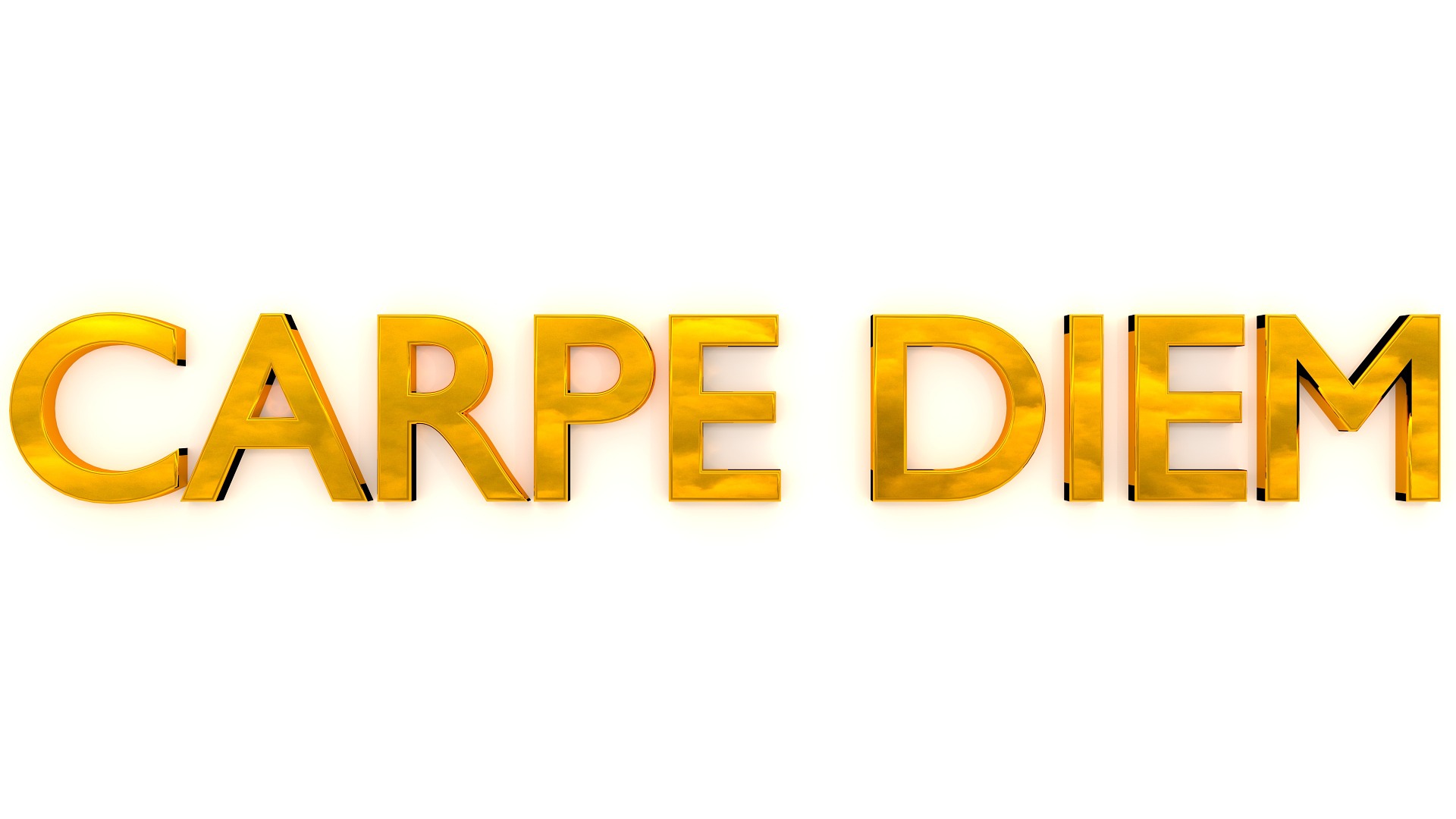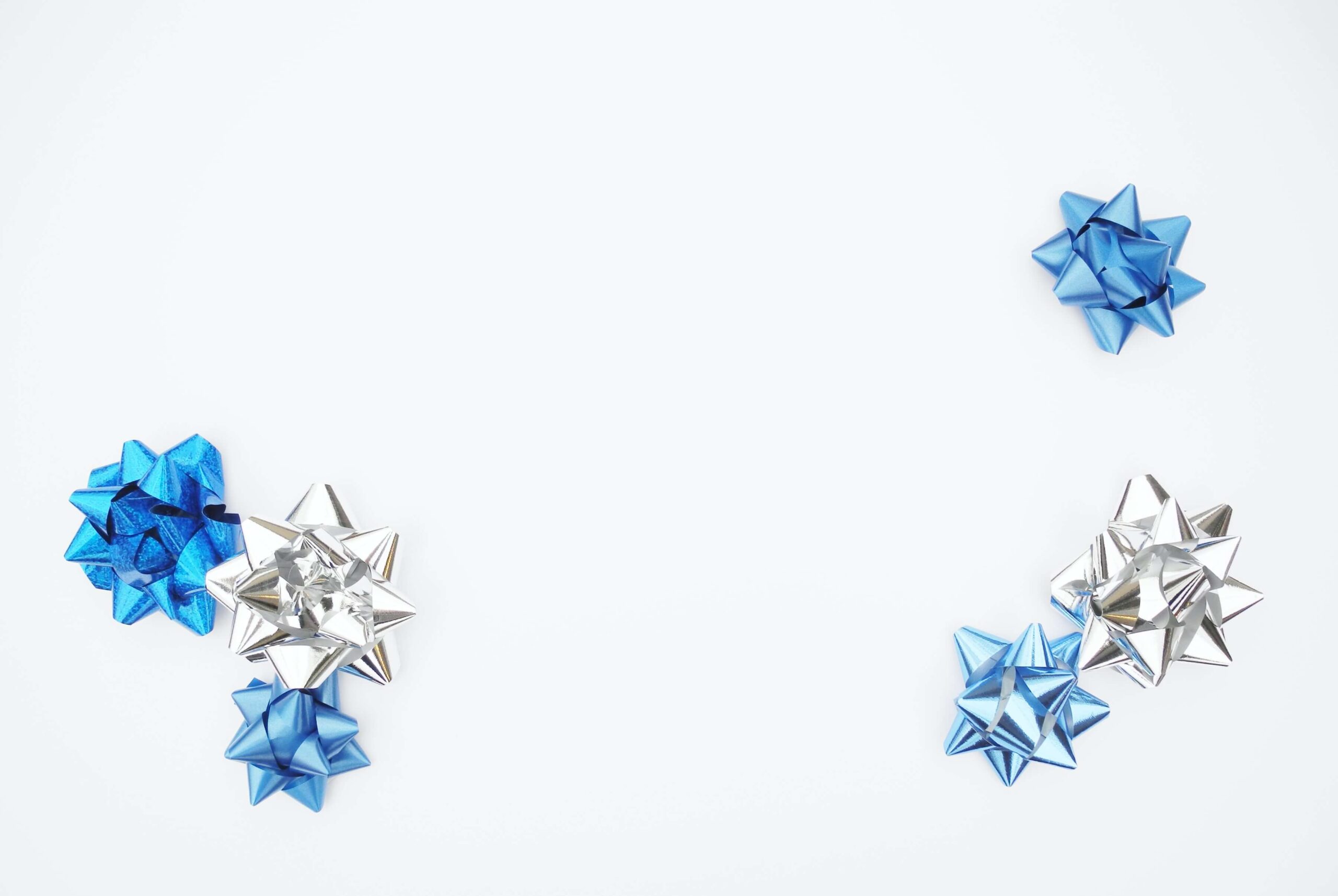As PR pros, we must continually adapt to emerging technologies that impact consumer behavior. One new kid on the block that’s still underused in PR is voice search. Voice search is reshaping how people seek information because of its ease of use and flexibility. According to Demand Sage, there are 4.2 billion voice assistants in use as of 2023, and the number will reach 8.4 billion by 2024.
As voice-enabled devices and virtual assistants like Siri, Alexa, and Google Assistant become common, voice search is also transforming how consumers interact with brands and information. For PR pros, understanding and adapting to this shift is crucial for maintaining relevance and delivering value to internal and external clients. Here are five ways to consider voice search in a PR program.
Conversational content
Voice search queries tend to be more conversational and long-tail, reflecting the way people naturally speak. PR pros must optimize content to align with these conversational queries, ensuring that it ranks well in voice search results. Voice searches also often have a strong local intent, such as finding nearby businesses or services. PR pros should prioritize local SEO efforts to ensure their clients’ businesses are discoverable through voice search.
Content marketing
Creating high-quality, informative content that answers common voice search queries can position a company or their leader as an industry expert and increase its chances of being featured in voice search results. Tech PR pros in particular should also consider how to simplify a lot of the complex, jargon-filled content that fills so many websites. Simple, effective content will aid voice search queries and help with discoverability.
Reputation management
As voice search relies on providing quick, accurate answers, PR teams need to help companies enhance their authority and build trust online. This includes maintaining a strong brand reputation that is accurate and positive. A negative online reputation can be detrimental for brands and decrease voice search results. As such, PR pros should proactively help brands mitigate potential damage.
Trustworthy sources
As voice-activated devices rely on credible sources to provide answers to queries, earned media coverage becomes very important. Earning media coverage in multiple reputable publications can increase the likelihood of being cited as a trusted source by virtual assistants. Collaborating with reputable influencers and thought leaders who have a strong online presence can also help PR pros establish brands as reliable sources of information in their respective industries.
Structured data and schema markup
Structured data and schema markup are foundational elements of SEO that are gaining more prominence in the era of voice search. These tools help search engines better understand the content on a website, making it more likely to appear as a featured snippet or a relevant answer in a voice search response. PR pros should work closely with web developers to ensure content structured in a way that’s easily digestible by voice-activated devices. FAQ pages, for example, are very useful. The goal is for sites to provide concise, accurate answers to common voice queries, aligning content with the conversational nature of voice search.
Voice search not only changes how consumers access information, but also how they perceive and trust brands. Since earned media builds credibility, it is very useful to creating trust. Embracing voice search optimization while creating strong content that builds positioning will ensure brands can navigate the evolving world of voice search. PR pros must consider voice search in their long-term plans to ensure continued relevance or organizations and their leadership as they work to establish them as industry experts.









